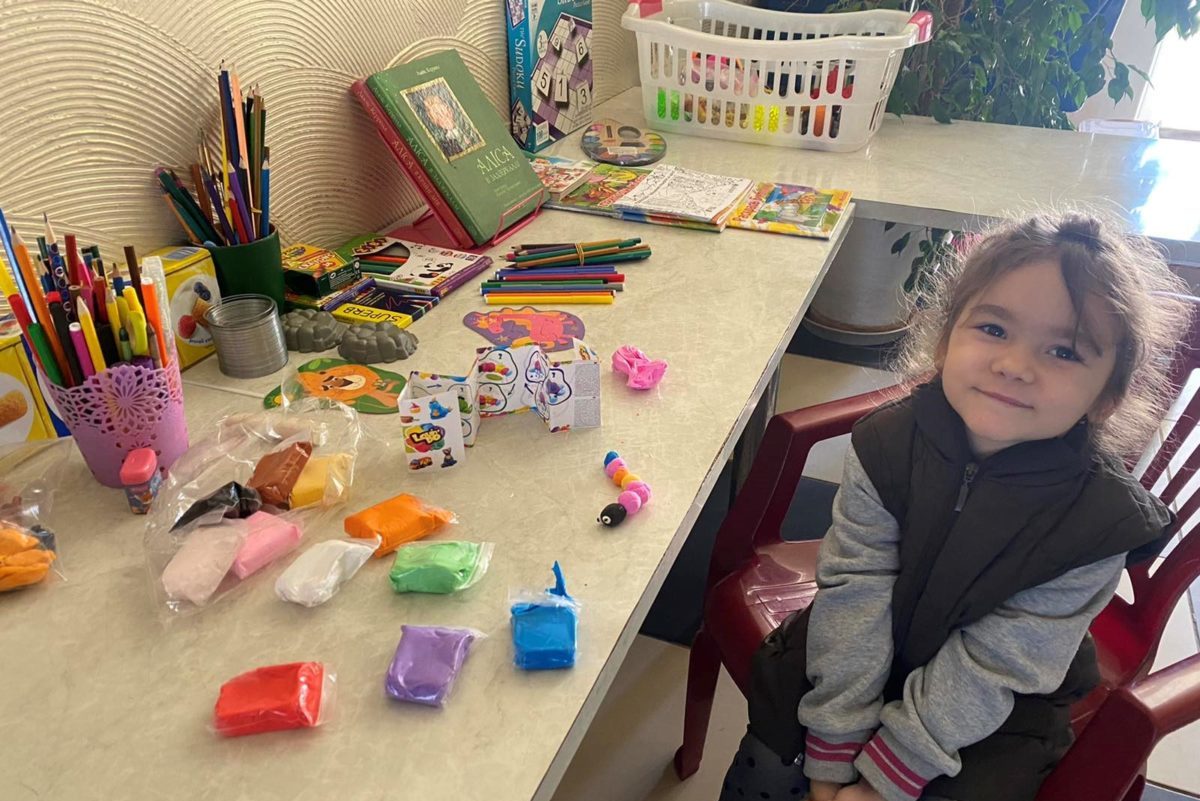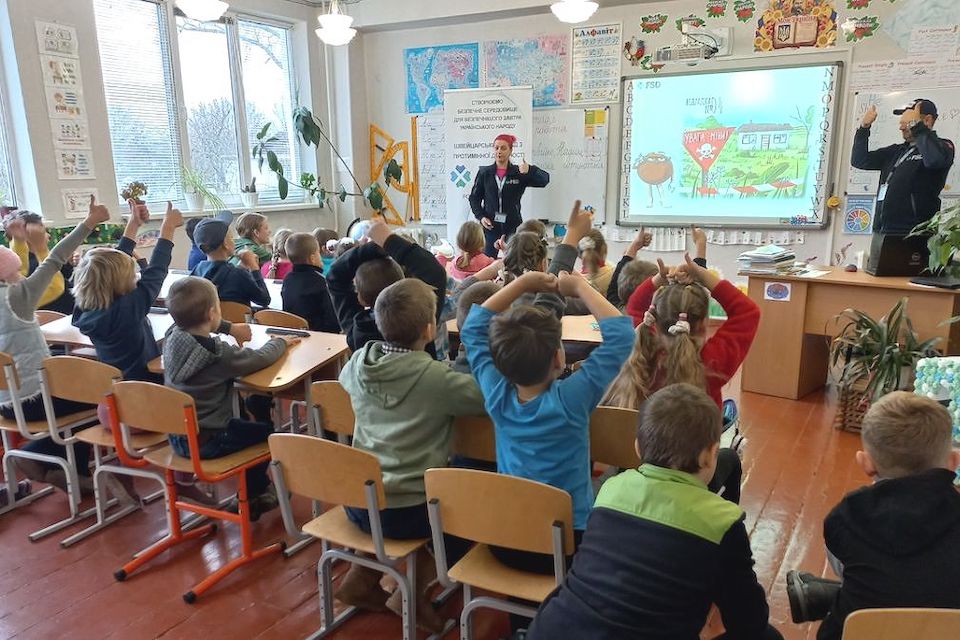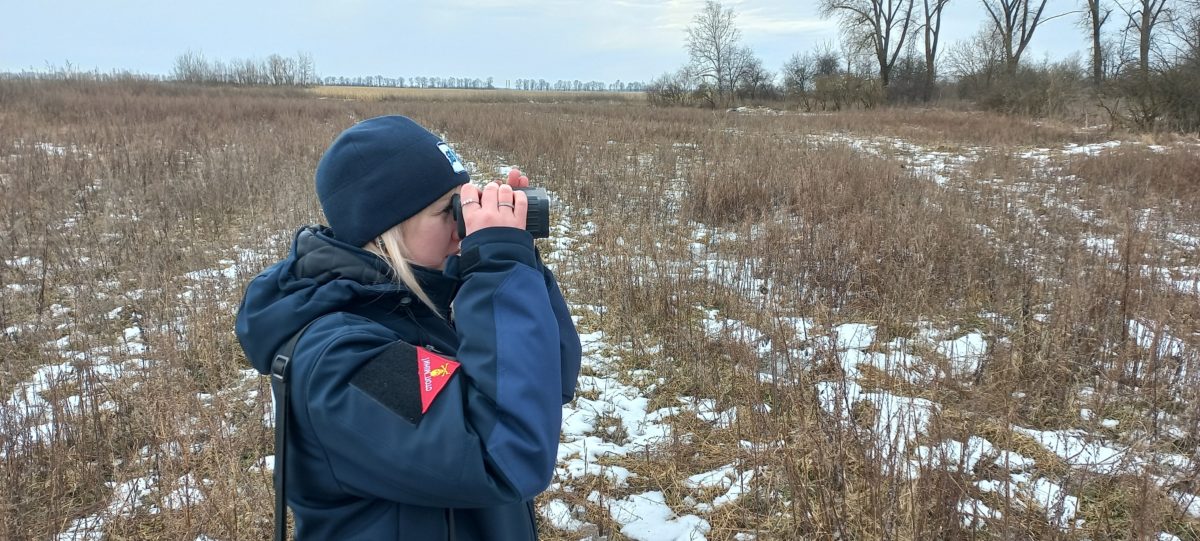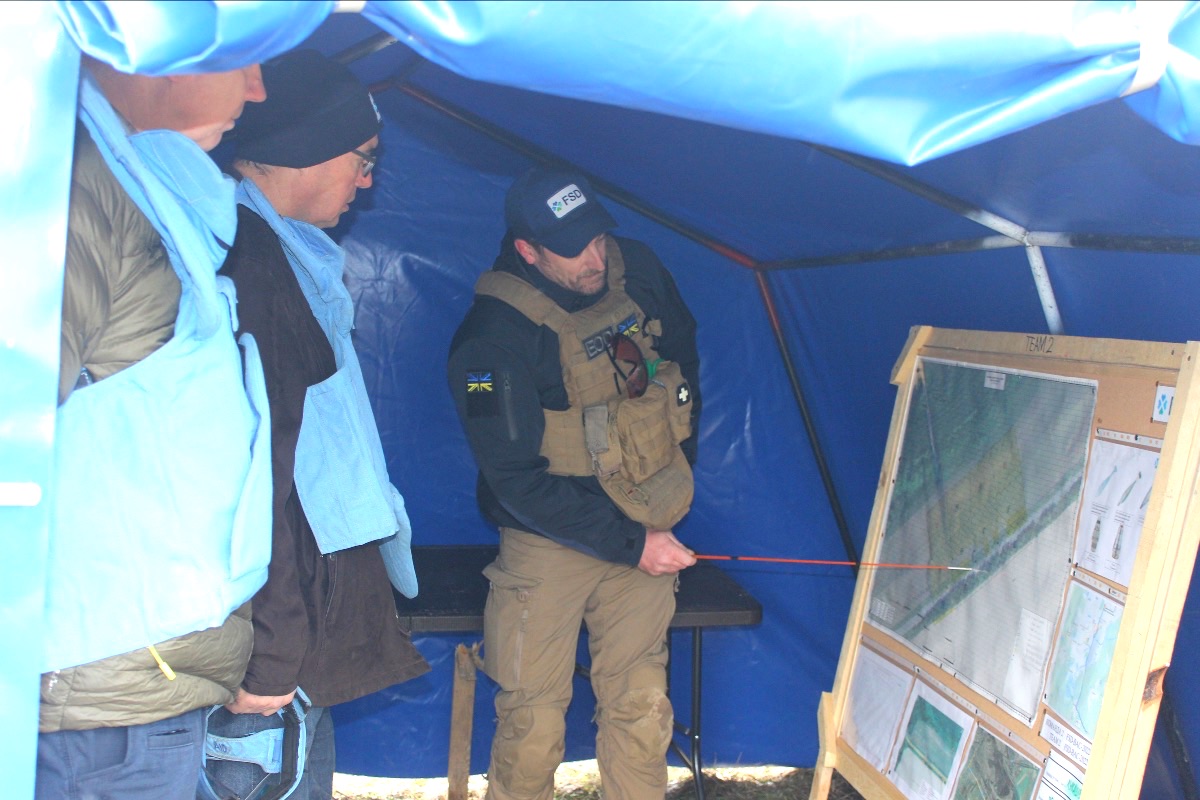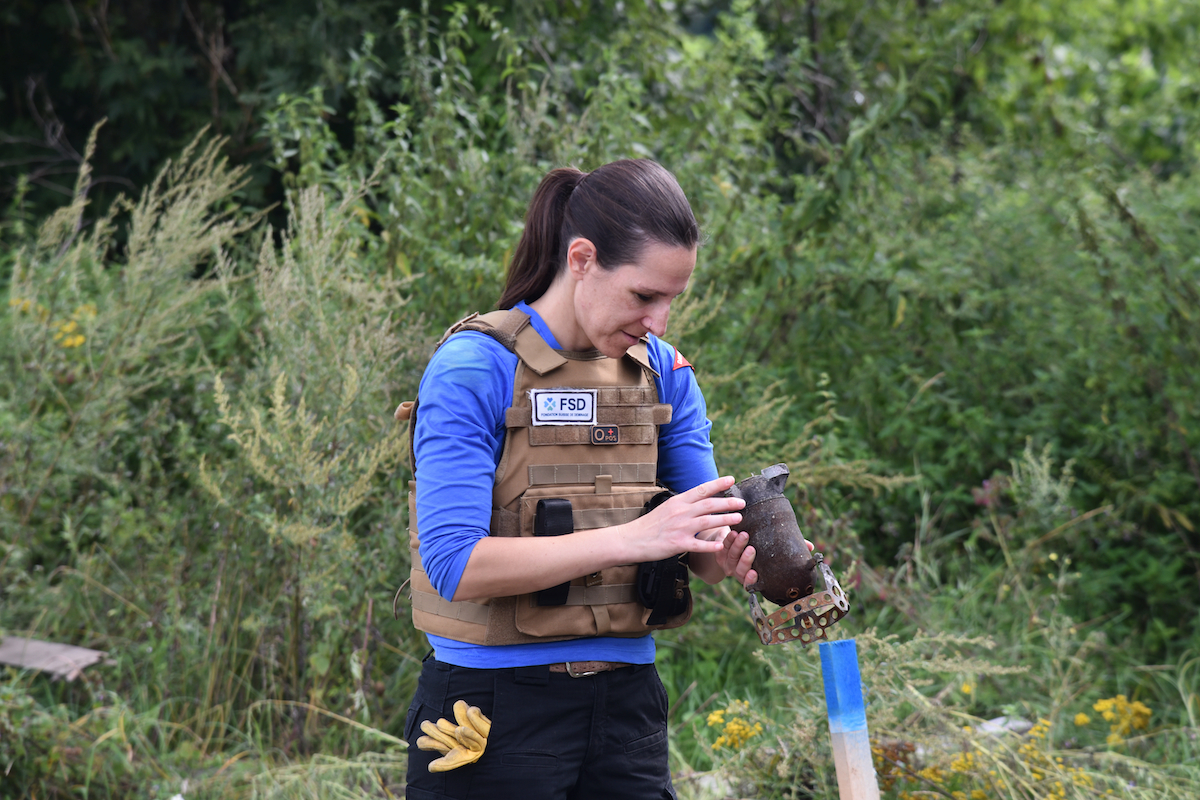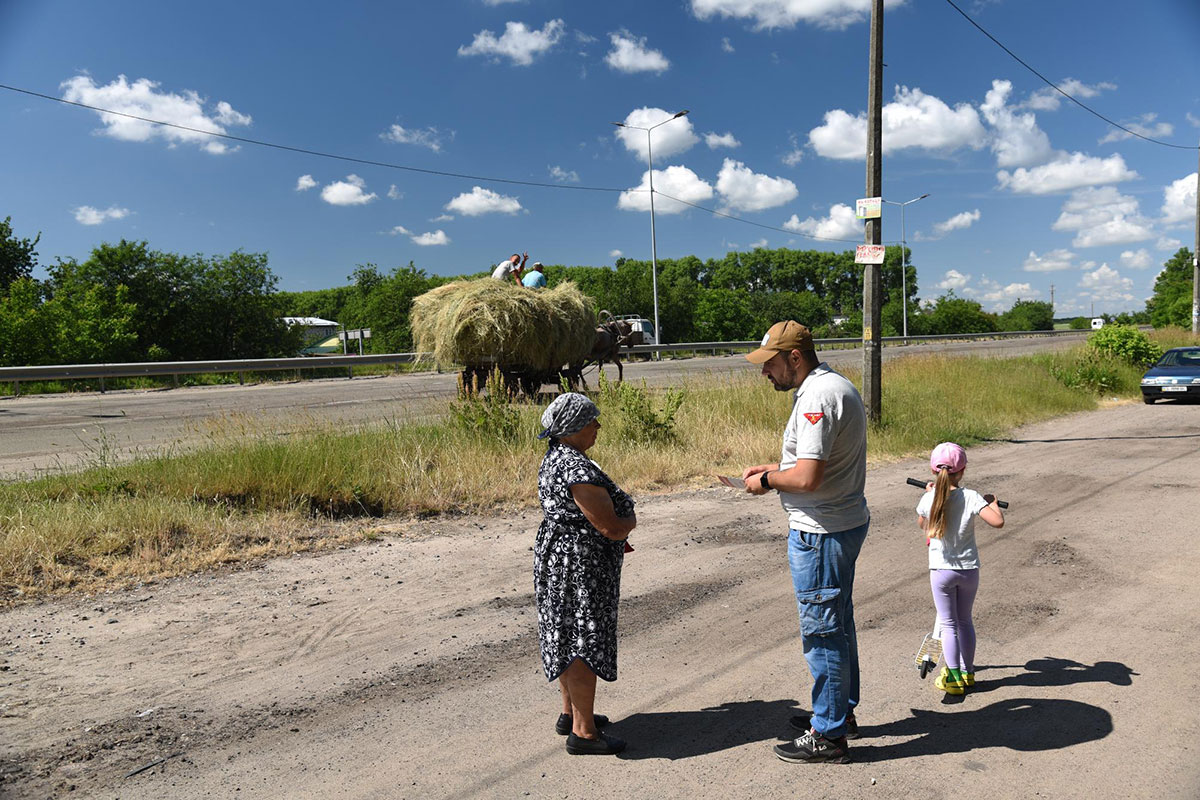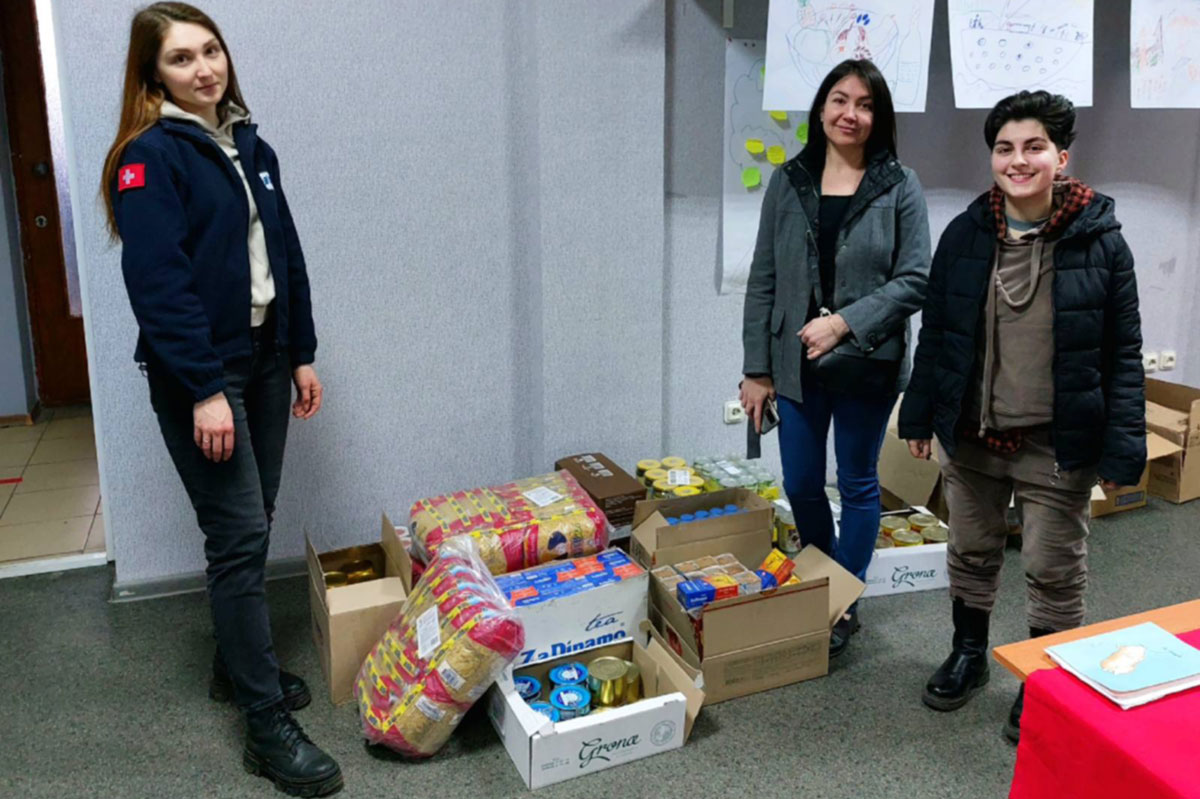Natalia tells her story to FSD staff. “We are from Sievierodonetsk (Сєвєродоне́цьк). We were forced to leave our hometown as the war started on the 24th of February”. The whole town was under fire. For two weeks we were hiding in a bomb shelter, because our apartment block was targeted. All windows were broken, even the school was targeted. No gas, no electricity, no way to get out. Thank God, we were evacuated. The war is so cruel and now I’m here, in Sloviansk with my boys. I had a good job, we had a home. But we had to leave it because it became impossible to live there”.
The IDP center where we met Natalia among many other people is located in the premises of a church. Some of the IDPs are from Popasna (Попасна), where FSD conducted till December 2021 its mine action project. Three months later our deminers Alexei and Igor are helping the same people by providing huge bags of cereals, rice, rice and other staple food to these centers.
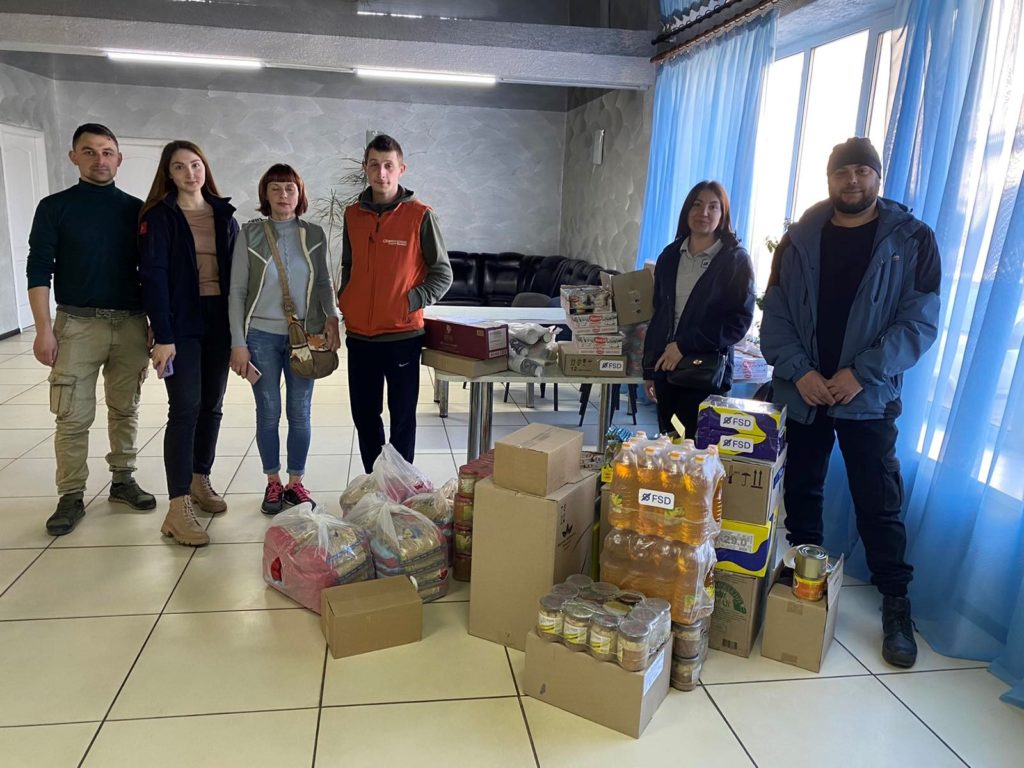
Another church not far from Sloviansk became a temporary home for children and elderly people.
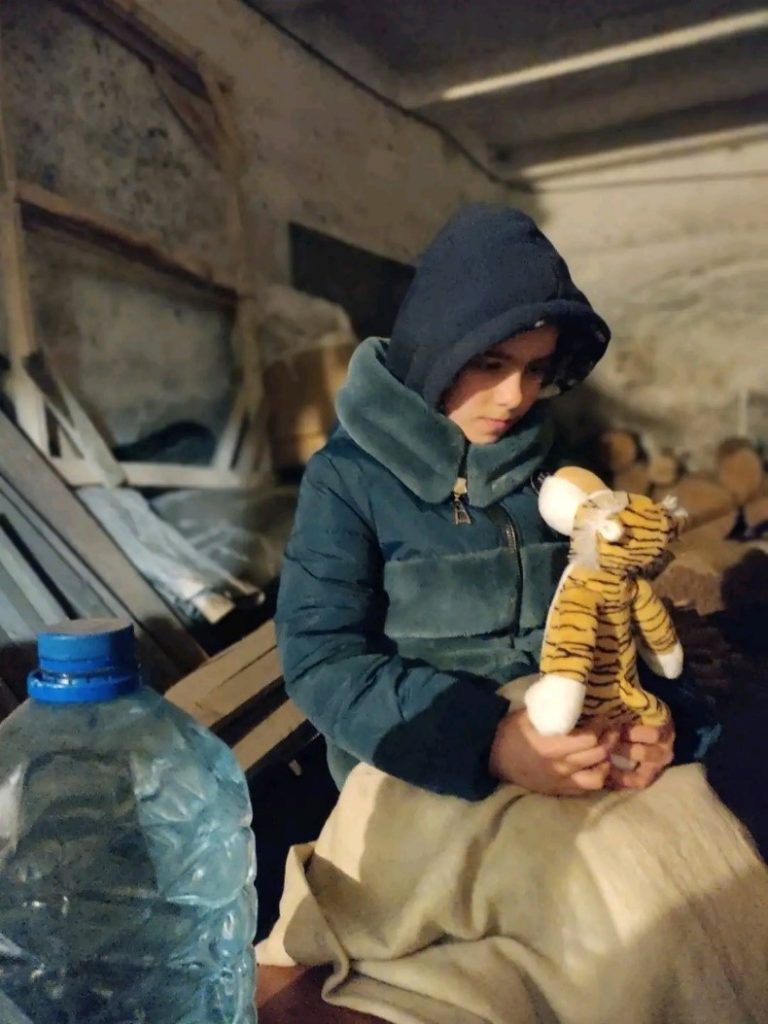
Today for lunch they have traditional Ukrainian dishes: borscht and buckwheat. The basis of traditional borscht is a beef bouillon with carrots, onions, potato, and tomato sauce. The borscht provided in the church was a vegetarian one as the meat became quite rare. People are still thankful to have a meal and shelter, even children don’t complain about the food.
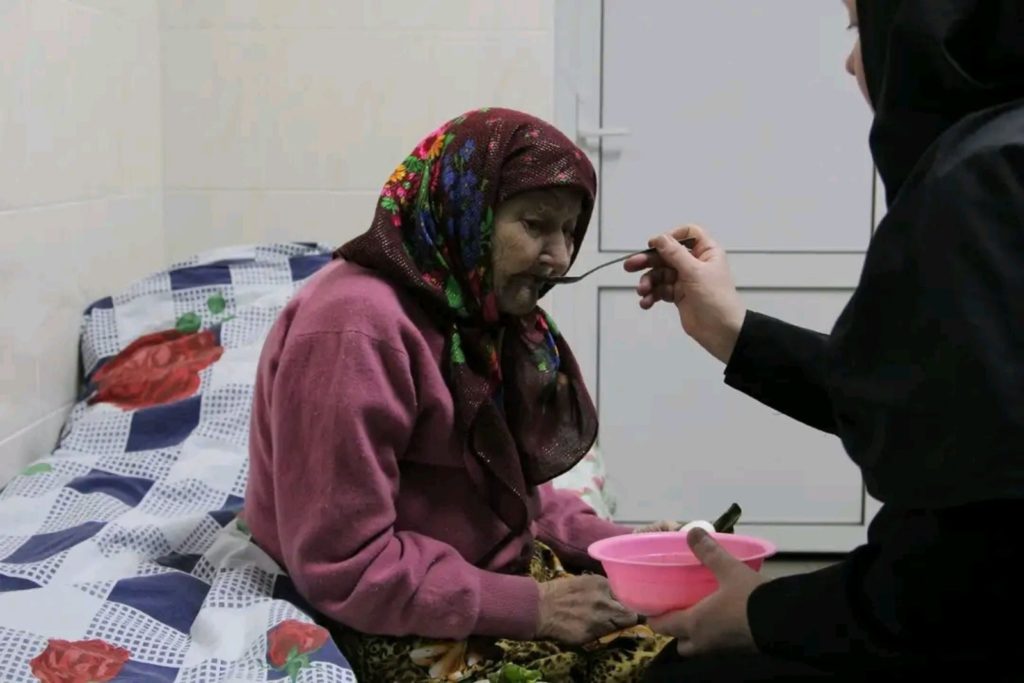
Sloviansk and the neighbouring Kramatorsk remain the only places in Donetsk and Lugansk oblast where people can take an evacuation train. Other train stations are either partially destroyed or under constant attacks. In the announcements at the train stations is always the exclaimer “If the situation is stable, the train will arrive to Kramatorsk”. There’s no guarantee that a train will come to pick up the waiting people. If the situation is unstable, the trains stops on another station which is 200 kilometres away.

Sometimes, volunteers evacuate people from the remote locations and bring them directly to the train station. If they arrive in the evening, people have to stay throughout the night there. The conditions are pretty rough, children have to sleep on whatever serves as a bed, mothers change their babies diapers on their knees in the shelter room.
FSD staff delivered plastic cups, tea, cookies, diapers and food for babies to the transit point of the train station to satisfy at least the most urgent needs.
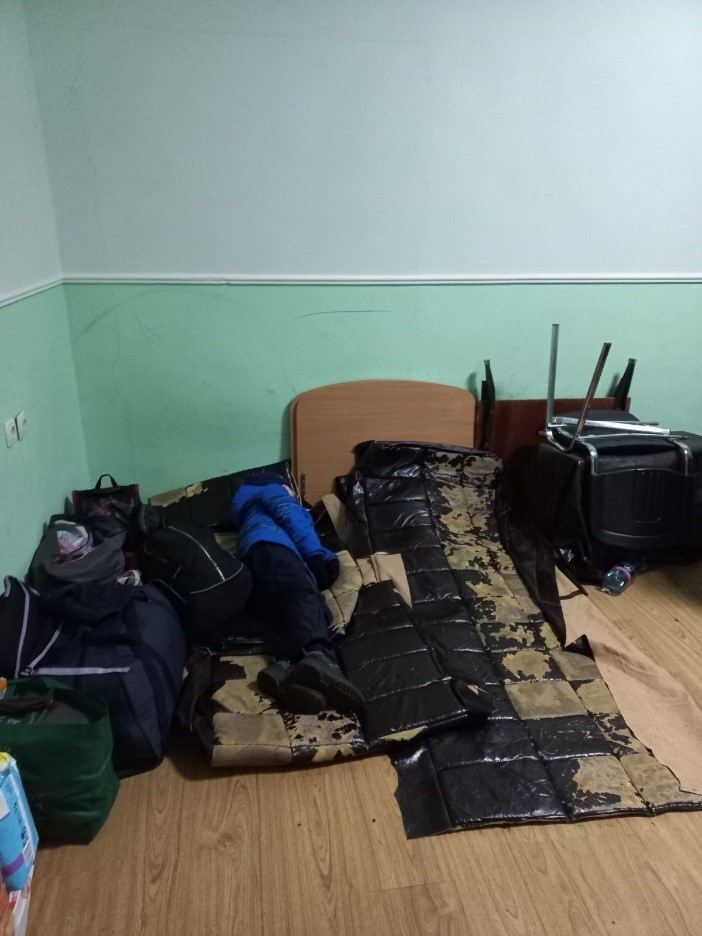
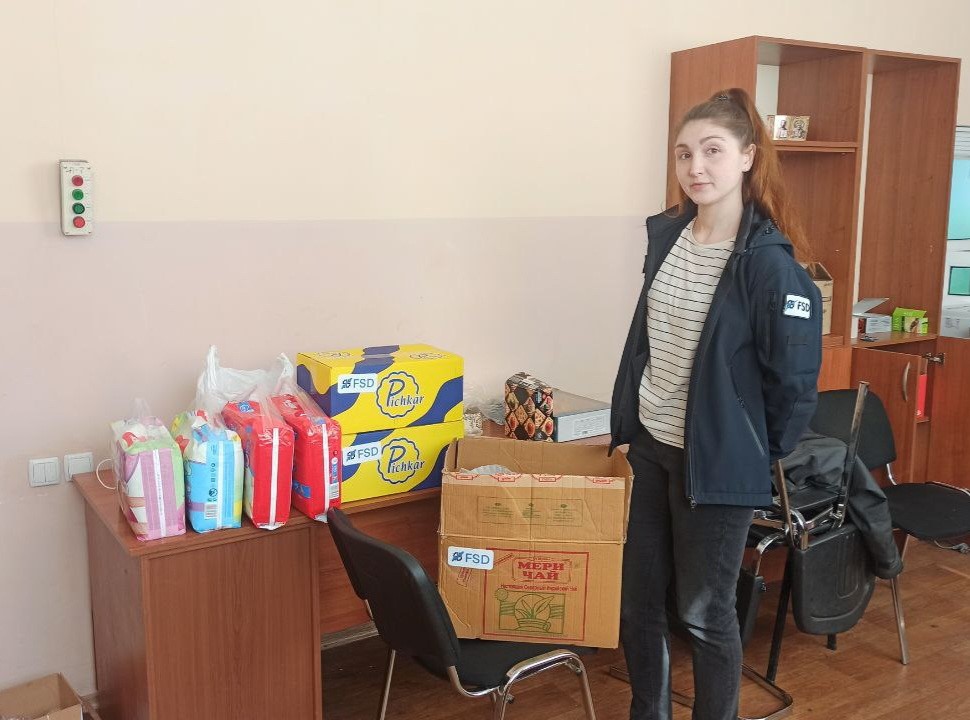
Mukachevo (Мукачево) is a Ukrainian town located close to the Hungarian and Slovak border. Before the war this region was a popular place for skiing, national celebrations and ancient traditions. Since the conflict it serves as a place of refuge for IDPs from all over Ukraine. Over the course of the last few weeks the population massively increased. There are three times more IDPs than locals. Some people head further West, but the majority remains in town. Most have to stay in IDP centres, others are hosted by local people.
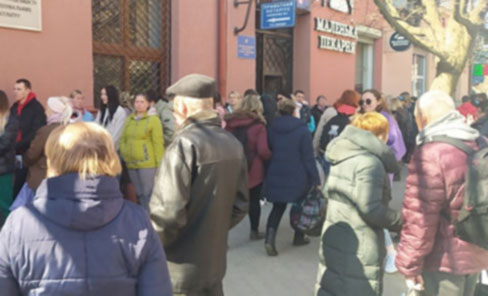
The daily routine for hundreds of IDPs starts with queueing for humanitarian aid at the IDP coordination centers. The center in Mukachevo is one of many which receives support from FSD in the form of food (in this case buckwheat and rice), tea and hygiene products.


